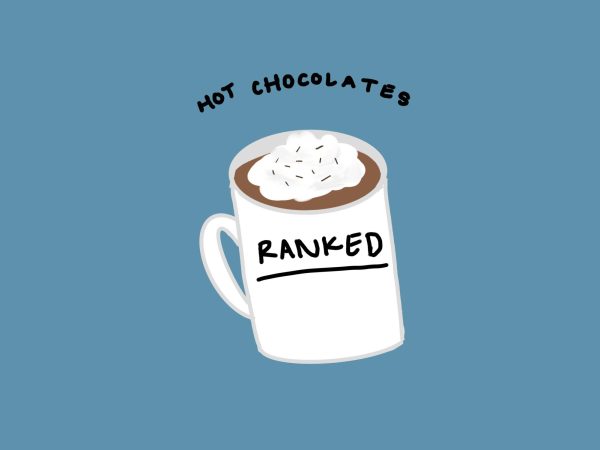Balancing act
Electives system causes inconvenience for students
Photo: Kai Taylor
Sophomore Katie Boyle struggles to find the balance between her required and elective courses. Because of the mixture of courses, students were frustrated when signing up for their classes. (Staged photo)
Did you have trouble choosing which classes to take next year? You’re not alone. St. George’s currently requires students to have 24 and two-thirds credits in order to graduate, which would be an easy task if it were not for complications within the current elective system.
While completing class registrations, many students were torn between needing to take a required class and wanting to take a different class. Many students were forced to sacrifice their interests for the sake of earning the proper amount of credits.
One possible solution to this dilemma is allowing students to choose which class they want to take in each subject. For example, sophomores are required to take some form of U.S. History. If they wanted to take another history course, it would have to be taken in conjunction with the U.S. History course. If students were allowed to choose which type of history and science they took, since they are both three-year requirements, they would potentially have more interest in their courses.
Many question why it is a requirement to take a full year of religion when students have already learned a significant amount of the material during their world history courses. If students were required to only take religion for one trimester, they could possibly have the option of taking other trimester electives to make their St. George’s experience more interesting and suited for them. If classes like government, economics, or possible new classes, such as cooking, were offered on a trimester basis, students would be able to take religion, art and an elective all in one year, without adding unnecessary stress like the current system.
In addition, the class options for the half-day program, which was implemented at the beginning of this school year, could serve as interesting electives for students who do not have as much room in their schedule for electives. Also, it would be a useful platform for students who have more interest in creative fields of work. Ultimately, students are more engaged in the curriculum when it is a subject they are interested in outside of school, so more options for electives could be a win for students, teachers and parents.
If a student at St. George’s takes six classes every year, they would ordinarily have room for two and two-thirds electives, primarily in the junior and senior years because freshman and sophomore elective options are very limited. Many students wait until their final years at St. George’s to take some of their required classes, which puts them in a difficult situation. Taking seven classes can be taxing on students, so if they want to take as many electives as possible, they are compromising their sanity and time for extracurriculars.
Our solutions to the current elective system, specifically lessening graduation requirements and allowing students to take more non-departmental classes of their choosing, could solve the problems of students not having time for even the limited electives offered.












